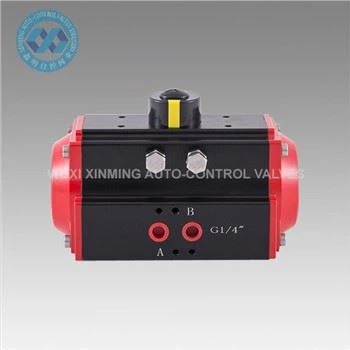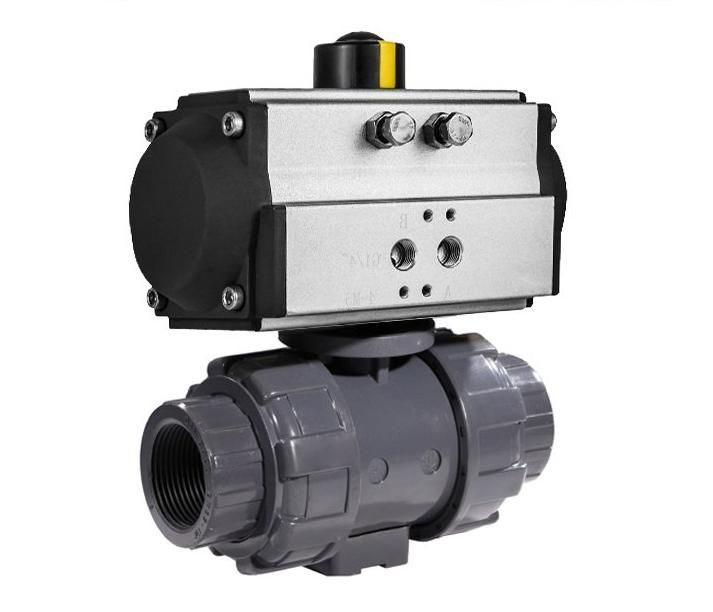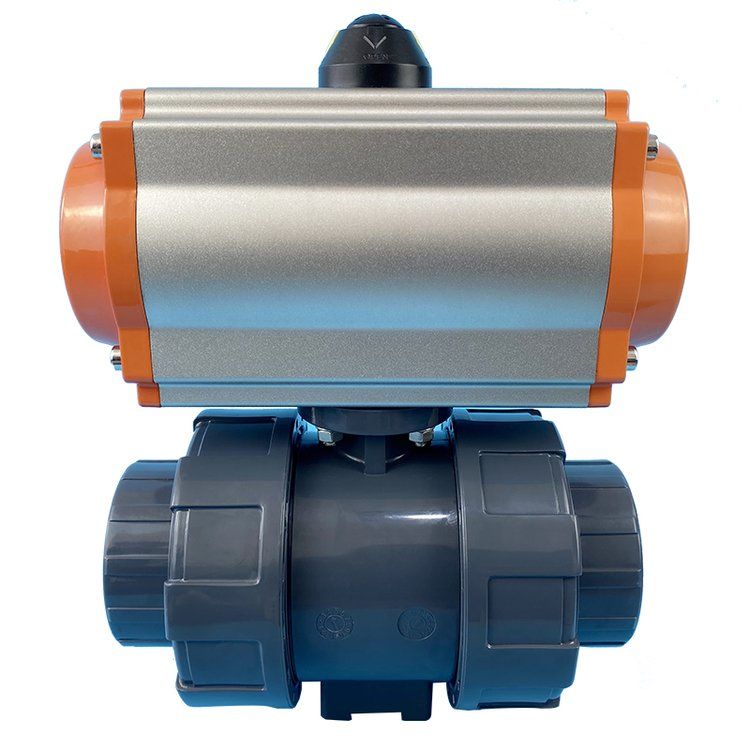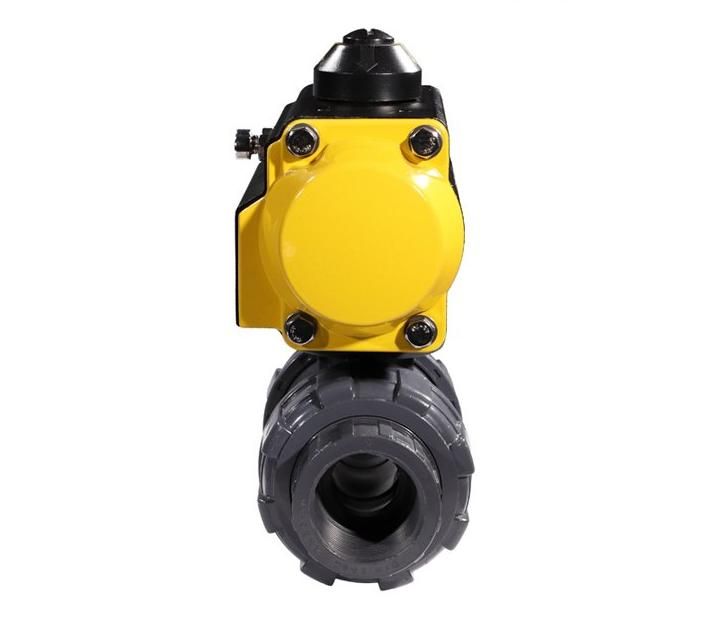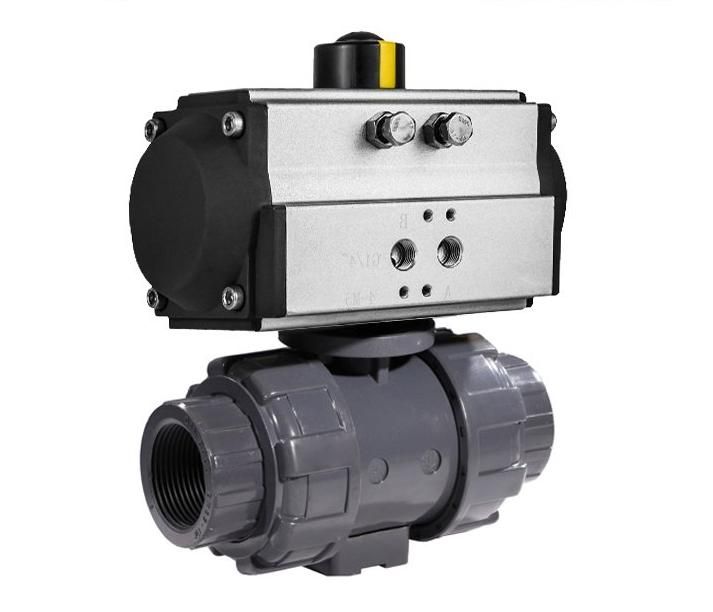Pneumatic Actuator Maintenance Checklist
1
Daily Checks
- Inspect for air leaks by applying soapy water to connections—bubbles indicate issues needing immediate repair
- Confirm the actuator's position aligns with the valve's open/closed state
- Listen for abnormal sounds during operation, as rattling or grinding may signal worn parts
2
Cleaning and Lubrication
- Wipe external surfaces regularly to remove dust, grime, or corrosive residues
- Lubricate moving components like gears and shafts with manufacturer-approved oils/greases
- Avoid excess lubricant, which can trap debris and block air flow
Note: Pay special attention to actuators in harsh industrial settings
3
Air Supply Care
- Check the compressed air line for moisture and contaminants
- Install filters and dryers to protect internal parts from corrosion or blockages
- Ensure pressure stays within the actuator's recommended range
4
Seal and Gasket Inspection
- Periodically examine seals, gaskets, and diaphragms for cracks, hardening, or wear
- Replace damaged ones promptly with compatible materials
Tip: Use chemical-resistant options for corrosive environments
5
Quarterly Deep Checks
- Disassemble (if needed) to inspect internal parts like pistons and springs for rust or wear
- Test response time and torque to ensure they meet operational standards
- Calibrate control systems or positioners annually for precise valve control
If you want to learn more about low-priced products, please visit the following website: www.xm-valveactuator.com






